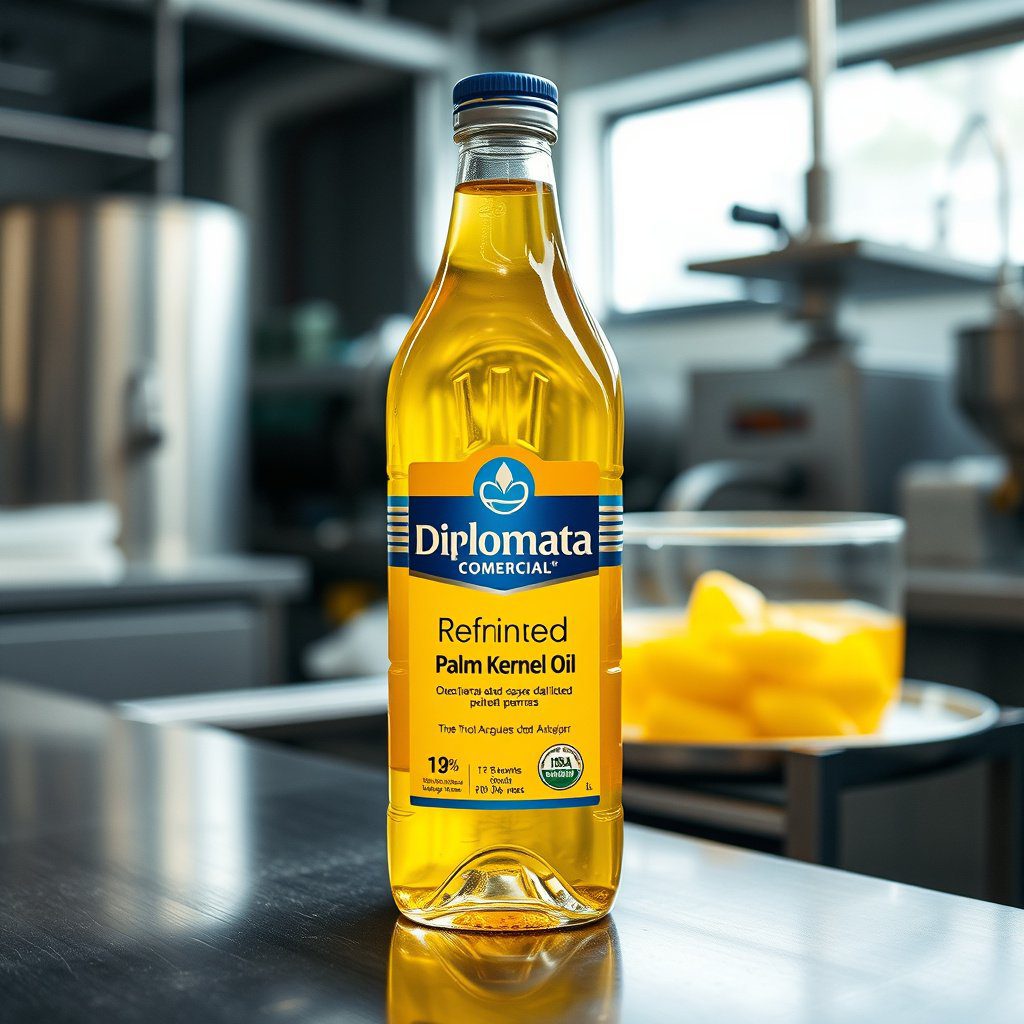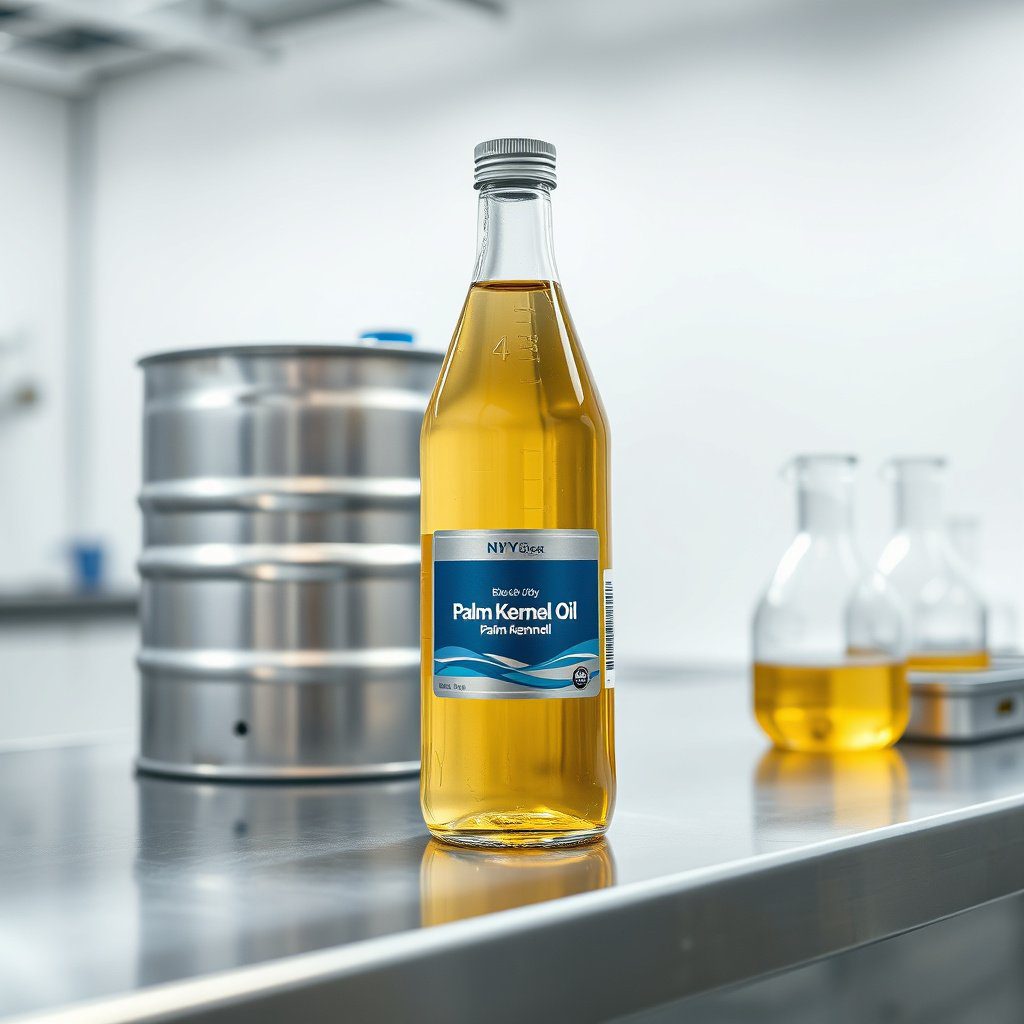Understanding Palm Oil Import Statistics
Palm oil import statistics provide critical insights into the global trade dynamics of one of the most versatile vegetable oils. This data is essential for stakeholders in the palm oil industry, including producers, exporters, and importers. It allows them to gauge market trends, understand pricing fluctuations, and identify potential opportunities for expansion within the U.S. market.
Global Demand for Palm Oil
The demand for palm oil has been increasing steadily over the years, driven by its applications in food products, cosmetics, and biofuels. The United States has become a significant market for palm oil, with import statistics reflecting an upward trend in consumption. Understanding these statistics helps suppliers like DIPLOMATA position themselves strategically within this competitive landscape.
Brazil’s Role in Palm Oil Exports
Brazil is emerging as a key player in the palm oil export market, particularly to the U.S. The country has favorable climatic conditions for palm oil cultivation, which enables it to produce high-quality crude, bleached, and refined grades. By analyzing import statistics, businesses can better understand Brazil’s competitive advantages and the potential for growth in U.S. markets.
Types of Palm Oil Grades
There are three primary grades of palm oil that are commonly traded: crude, bleached, and refined. Each grade has distinct characteristics and applications. Crude palm oil retains most of its natural nutrients, making it ideal for food products. Bleached palm oil undergoes a refining process to remove impurities and is often used in cooking oils. Refined palm oil, being odorless and tasteless, is widely used in the food industry for frying and baking. Understanding these grades is crucial for buyers when examining import statistics.
Trade Agreements and Tariffs
Trade agreements and tariffs play a significant role in shaping palm oil import statistics. The U.S. government’s policies regarding import duties on palm oil can affect the pricing and availability of various grades in the market. Analyzing these statistics allows suppliers like DIPLOMATA to navigate regulatory frameworks effectively and optimize their pricing strategies.
Market Trends and Forecasting
Monitoring palm oil import statistics can help forecast future market trends. By examining historical data, businesses can identify patterns that may indicate shifts in consumer preferences or regulatory changes. This information is invaluable for companies like DIPLOMATA, which aim to maintain a competitive edge by aligning their supply strategies with market demands.
Quality Assurance in Palm Oil Supply
Quality assurance is a significant aspect of palm oil distribution, particularly for DIPLOMATA, which prides itself on offering trusted quality. Import statistics often reflect the quality standards of products entering the U.S. market. Ensuring that all grades of palm oil meet stringent quality requirements is crucial for maintaining customer satisfaction and building long-term relationships in the industry.
Logistics and Distribution Channels
Logistics and distribution channels are vital components of palm oil import statistics. Efficient transportation and supply chain management enable timely delivery of products, which is essential for maintaining market competitiveness. DIPLOMATA’s nationwide coverage ensures that it meets the diverse needs of its customers across the U.S., and understanding logistics through import statistics can help streamline operations.
Environmental Considerations in Palm Oil Production
As the demand for palm oil grows, environmental considerations become increasingly important. Import statistics can reflect consumer attitudes toward sustainably sourced palm oil. Companies like DIPLOMATA that prioritize sustainable practices can leverage this trend to enhance their brand image and attract environmentally conscious consumers.


